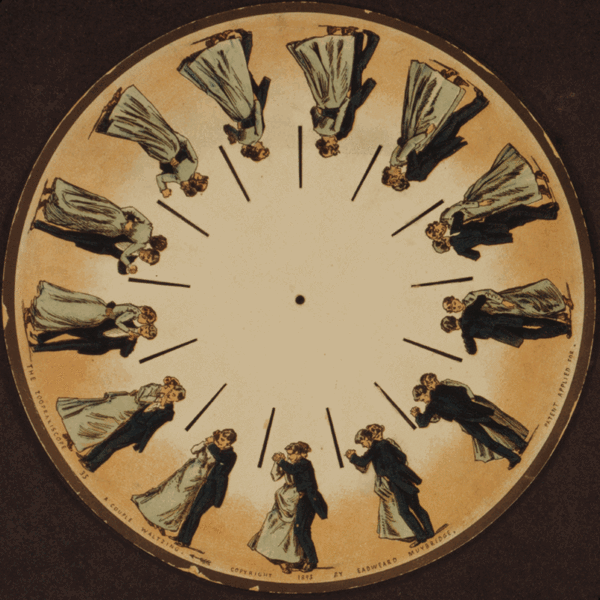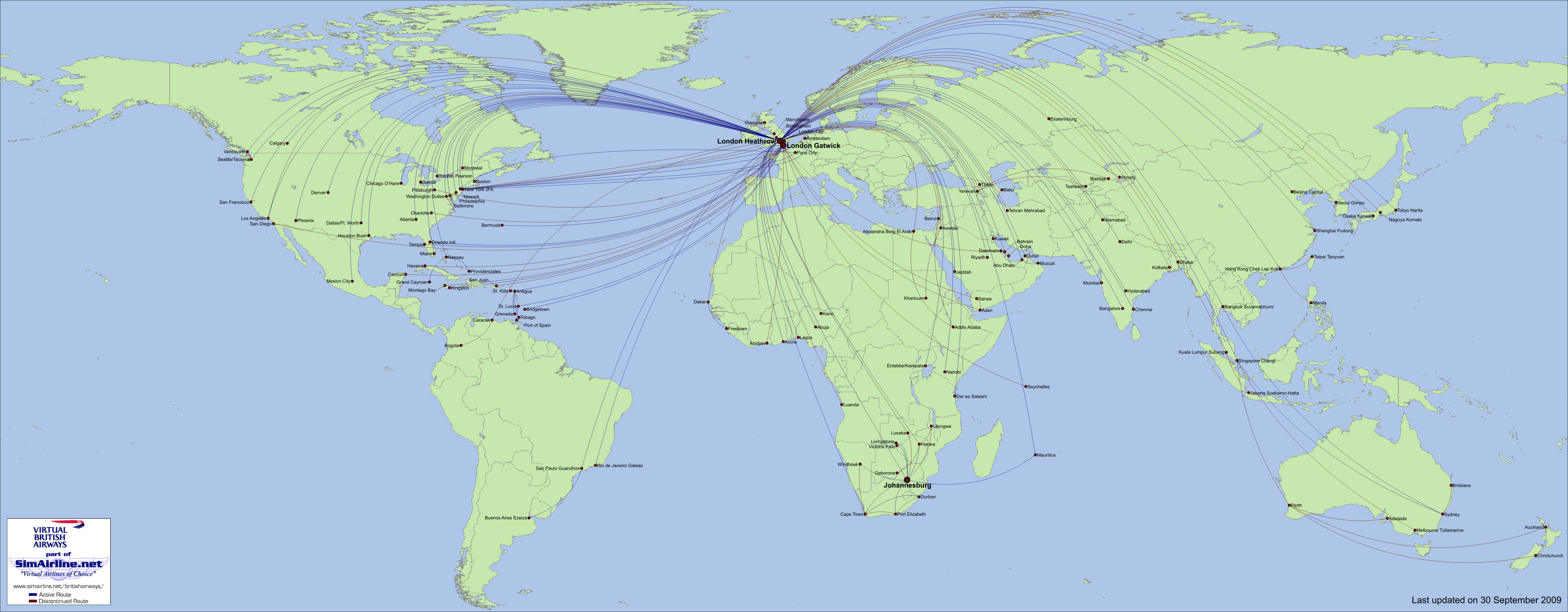'Whaam!' is based on an image from 'All American Men of War' published by DC comics in 1962. Throughout the 1960s, Lichtenstein frequently drew on commercial art sources such as comic images or advertisements, attracted by the way highly emotional subject matter could be depicted using detached techniques. Transferring this to a painting context, Lichtenstein could present powerfully charged scenes in an impersonal manner, leaving the viewer to decipher meanings for themselves. Although he was careful to retain the character of his source, Lichtenstein also explored the formal qualities of commercial imagery and techniques
Interior with Waterlilies: This work is one of a series of paintings Lichtenstein made in the early 1990s depicting domestic interiors. Painted on a very large scale, they were inspired by a billboard advertisement for a furniture store Lichtenstein had seen outside Rome in 1989. Lichtenstein, a leading figure of American Pop art, is best known for his 1960s paintings derived from comic strip panels, such as Whaam! 1963 (Tate T00897). Throughout his career he continued to base his paintings on imagery from popular culture and the mass media. He sourced the images for this painting, as for others in his Interiors series, from advertisements found in the Yellow Pages.
Sandwich and Soda; In the 1960s there was a deliberate attempt by artists and print publishers to reach a bigger audience for art through the production of prints that were released in large editions. This objective was facilitated by screenprinting, a process which yielded many more examples than the more traditional printmaking methods of engraving or lithography. This print is from a portfolio entitled 'X + X(Ten Works by Ten Painters)' which was produced in an edition of 500 prints in 1964. Printed on plastic, this is one of Lichtenstein's first Pop prints, and the first to be made on a surface other than paper
Haystacks 1–7 1969: In 1968–9 Lichtenstein made a series of paintings paraphrasing Claude Monet's ‘Haystacks’ and ‘Rouen Cathedral’ paintings (1891 and 94). He made prints on this theme at Gemini in 1969: the series of seven ‘Haystacks’ runs from morning (yellow) to midnight (black, with embossing) in a mechanical version of Monet's changing light effects.
Paul Rand: (August 15, 1914 – November 26, 1996) was an American graphic designer, best known for his corporate logo designs, including the logos for IBM, UPS, Enron, Westinghouse, ABC, and Steve Jobs's NeXT. He was one of the originators of the Swiss Style of graphic design.
Rand was educated at the Pratt Institute (1929–1932), Parsons The New School for Design (1932–33), and the Art Students League(1933–1934). From 1956 to 1969, and beginning again in 1974, Rand taught design at Yale University in New Haven, Connecticut. Rand was inducted into the New York Art Directors Club Hall of Fame in 1972.
Some Work
IBM
Im off the Storm
Paul Rand Interview
Paul Rand book - brian yohn design
Early career
His career began with humble assignments, starting with a part-time position creating stock images for a syndicate that supplied graphics to various newspapers and magazines. Between his class assignments and his work, Rand was able to amass a fairly large portfolio, largely influenced by the German advertising style Sachplakat (ornamental poster) as well as the works of Gustav Jensen. It was at around this time that he decided to camouflage (and abbreviate) the overtly Jewish identity telegraphed by ‘Peretz Rosenbaum,’ shortening his forename to ‘Paul’ and taking ‘Rand’ from an uncle to form his new surname. Morris Wyszogrod, a friend and associate of Rand, noted that “he figured that ‘Paul Rand,’ four letters here, four letters there, would create a nice symbol. So he became Paul Rand.” Peter Behrens notes the importance of this new title: “Rand’s new persona, which served as the brand name for his many accomplishments, was the first corporate identity he created, and it may also eventually prove to be the most enduring.” Indeed, Rand was rapidly moving into the forefront of his profession. In his early twenties he was producing work that began to garner international acclaim, notably his designs on the covers of Direction magazine, which Rand produced for no fee in exchange for full artistic freedom. Among the accolades Rand received were those of Moholy-Nagy:
Corporate identities
Indisputably, Rand’s most widely known contribution to graphic design are his corporate identities, many of which are still in use. IBM, ABC, Cummins Engine, Westinghouse, and UPS, among many others, owe their graphical heritage to him, though UPS recently carried out a controversial update to the classic Rand design. One of his primary strengths, as Maholy-Nagy pointed out, was his ability as a salesman to explain the needs his identities would address for the corporation. According to graphic designer Louis Danziger:
Influences and other works
Development of theory
Though Rand was a recluse in his creative process, doing the vast majority of the design load despite having a large staff at varying points in his career, he was very interested in producing books of theory to illuminate his philosophies. Maholy-Nagy may have incited Rand’s zeal for knowledge when he asked his colleague if he read art criticism at their first meeting. Rand said no, prompting Moholy-Nagy to reply “Pity.” Heller elaborates on this meeting’s impact, noting that, “from that moment on, Rand devoured books by the leading philosophers on art, including Roger Fry, Alfred North Whitehead, and John Dewey.” These theoreticians would have a lasting impression on Rand’s work; in a 1995 interview with Michael Kroeger discussing, among other topics, the importance of Dewey’s Art as Experience, Rand elaborates on Dewey’s appeal:
Criticism
Despite the prestige graphic designers place on his first book, subsequent works, notably From Lascaux to Brooklyn (1996), earned Rand accusations of being “reactionary and hostile to new ideas about design.” Heller defends Rand’s later ideas, calling the designer “an enemy of mediocrity, a radical modernist” while Mark Favermann considers the period one of “a reactionary, angry old man.” Regardless of this dispute, Rand’s contribution to modern graphic design theory in total is widely considered intrinsic to the profession’s development.
Source: http://www.tate.org.uk/art/artworks/lichtenstein
www.google.com/paulrand
www.paul-rand.com


























